

1. Introduction to the Department of Nephrology
The Department of Nephrology in Guangdong Provincial People's Hospital is one of the most important centers for kidney disease diagnosis and treatment in South China, integrating clinical treatment, academic research, teaching, rehabilitation and health care services. The department has been recognized as the National Key Clinical Specialty; the Guangdong provincial key clinical specialty; the quality control center for blood purification of Guangdong province, and the peritoneal dialysis training demonstration center granted by the National Health and Family Planning Commission. We were ranked 10th in the list of 2019 China's best clinical specialty published by Peking University.
1.1 Academic construction
Our division is one of the first construction units of the "Summit Plan" for the construction of high-level hospitals in Guangdong Province. We have established the International Kidney Disease Research Center. We are building the Guangdong-Hong Kong-Macao Greater Bay Area Key Laboratory.
Our talent team has been developing well with totally 30 doctors, including 6 doctoral supervisors, and 13 master supervisors. More than 40 postgraduate and doctoral students are studying, and 1 postdoctoral fellow in the station. Currently, We have one 1 Changjiang Scholar, 1 “National Young and Middle-aged Experts with Outstanding Contributions”, 2 experts with special allowance from the State Council, and 2 young/middle-aged experts with outstanding contributions from Guangdong Provincial Commission of Health and Family Planning.
Immune kidney disease is our key research direction. Focusing on IgA nephropathy and lupus nephritis, the team led a series of national multi-center clinical projects, and built a biological specimen library and a large follow-up cohort. Since 2012, we have won 25 projects funded by the National Natural Science Foundation of China (NSFC). More than 200 papers have been published, among which more than 90 papers published in SCI journals including Kidney Int, J pathl, Am J Physiol Renal Physiol and Nephrol Dial Transplant. We have won the second prize of science and technology progress of Guangdong province for once and the third prize for twice. We have been awarded 8 national patents and chief-edited 7 monographs including IgA Nephropathy, Hospital-Acquired Acute Kidney Injury, Standard Operating Procedure of Hemodialysis Specialist Care.
1.2 Discipline construction
Our outpatient service specializes in nephrotic syndrome, diabetic nephropathy, IgA nephropathy, lupus nephritis, hemodialysis, peritoneal dialysis, etc. We serve approximately 130,000 outpatients every year.
In addition to the common kidney diseases, we especially focus on the treatment for complicated critical kidney diseases and kidney complications secondary to systemic diseases, such as diabetes, systemic lupus erythematosus, vasculitis and so on. We serve over 3,000 discharged patients per year, among whom the overall proportion of complicated and high-risk patients was nearly 80%. Annually, we performed 800 cases of renal biopsy. In addition, we also conduct arteriovenous fistula, central venous catheterization and peritoneal dialysis catheterization.
Our blood purification center owns 109 hemodialysis machines, and 19 bedside CRRT machines. We serve nearly 600 maintenance hemodialysis patients. Annual operations of CRRT treatments are over 75,000 hours. We also perform a variety of blood purification techniques, including infant hemodialysis, immunoadsorption,etc. As the quality control center for blood purification in Guangdong province, it is one of the largest dialysis centers in South China. Our peritoneal dialysis center has developed a standardized care team and an advanced remote monitoring system. There are over 300 patients in routine follow-ups.
It is worthy metioning that our vascular access intervention team is in a leading position in South China. This team can operate arteriovenous fistula or central vein stenosis, thrombosisor other difficult vascular access procedures by B-ultrasound or DSA technique. The annual amount of operations conducted by the vascular access intervention team has reached 250.

President, Chief physician

M.D., Ph.D., Chief physician, Doctoral supervisor, Director of the internal medicine of Guangdong Provincial People’s Hospital

chief of Nephrology Division of Guangdong provincial people’s Hospital

Chief physician
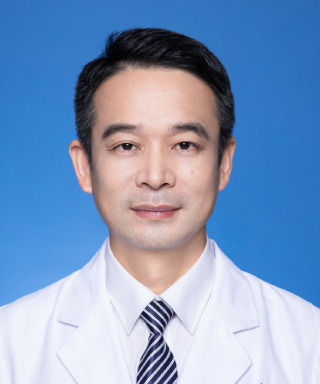
Director of the Diagnostics Teaching and Research Office
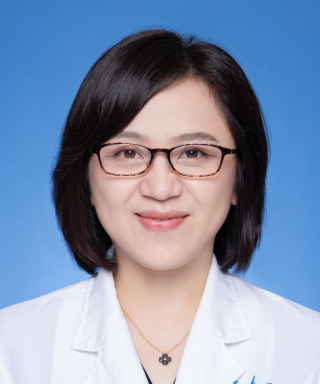
M.D., Associate Chief physician, Master supervisor, Secretary of graduate students
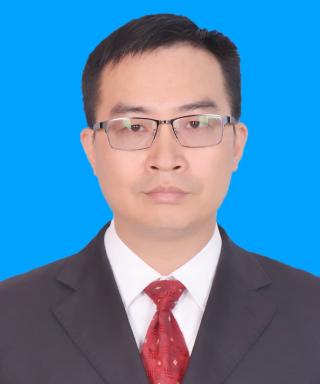
associate chief physician
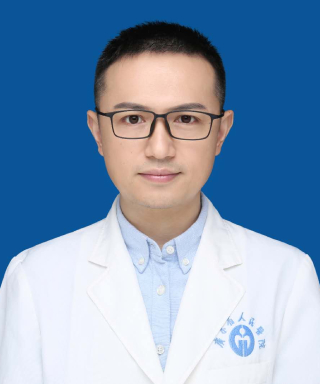
M.D., Associate Chief physician, Master supervisor, Secretary of the internal medicine of Guangdong Provincial People’s Hospital
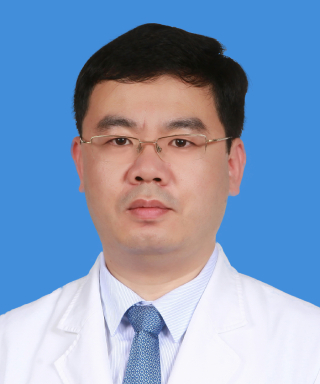
Associate Professor, Deputy Director of Nephrology
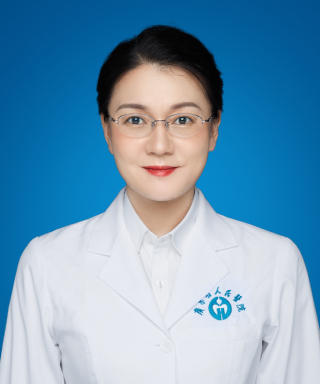
Deputy Director

Attending doctor

Attending doctor

Attending doctor

Attending doctor

attending doctor
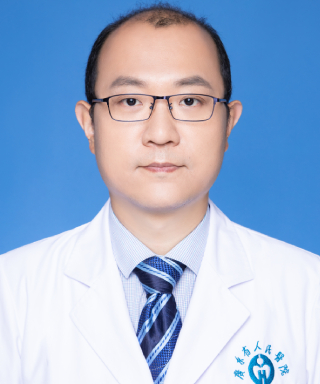
Attending physician
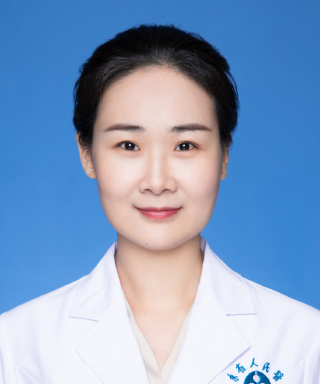
Attending physician
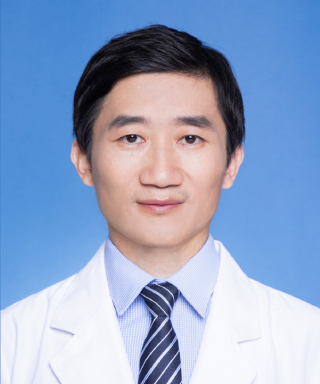
Attending doctor

Attending physician

Resident

Attending doctor

Resident doctor
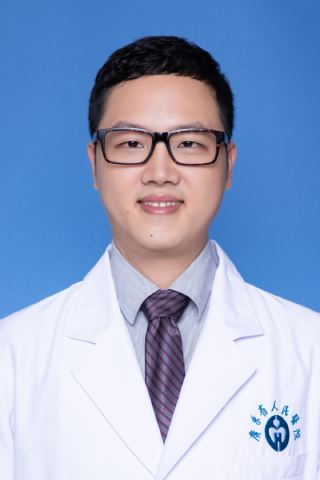
Attending physician
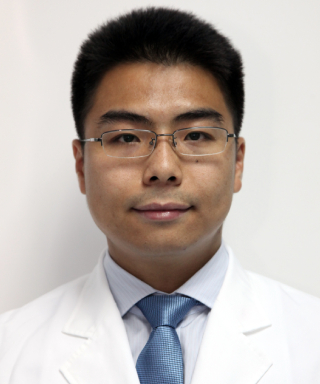
Resident physician
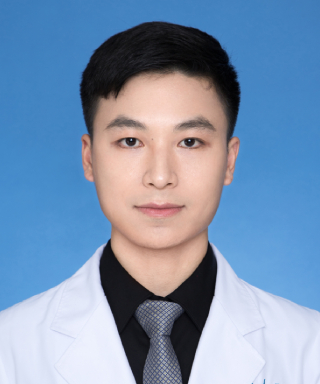
Resident doctor
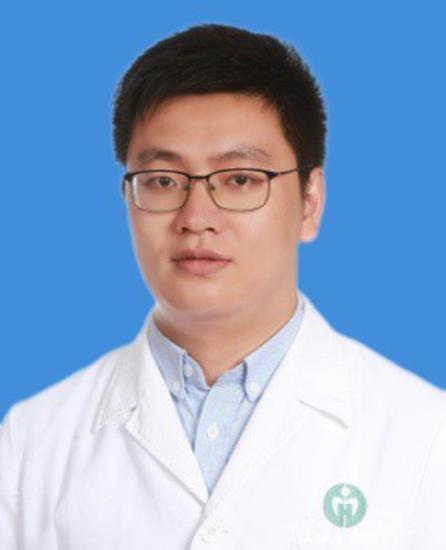
Research Assistant
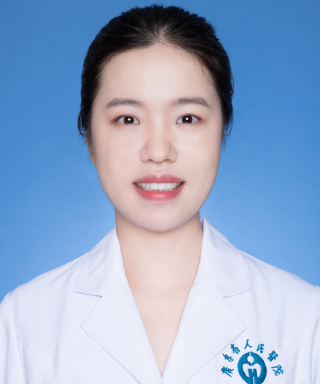
Resident physician
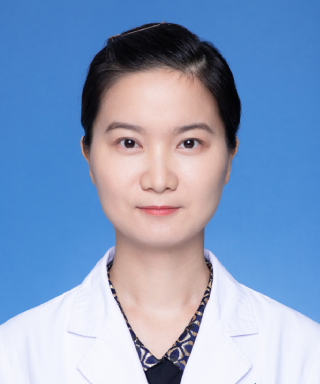
Resident